Top Image: Dummy Sherman Tank 1944, photo courtesy of the US Army
The story of Operation FORTITUDE, the Allied effort to mislead the Germans into where the June 6, 1944 landings would occur, is a fascinating and complex story. Some of the key people involved in FORTITUDE were an odd mix, or as Ben Macintyre describes them so well in Double Cross: The True Story of the D-Day Spies: “…a bisexual Peruvian playgirl, a tiny Polish fighter pilot, a mercurial Frenchwoman, a Serbian seducer, and a deeply eccentric Spaniard with a diploma in chicken farming.” (p. 5)
Managing these agents was an equally eccentric assortment of case officers working for MI-6 (Secret Intelligence Service or “SIS”) and MI-5, the British intelligence agencies. MI-5’s official name is the Security Service, but unlike its sister organization MI-6, did not use an abbreviation of its title because SS had already been taken and had a justifiably repulsive connotation. Within MI-5, B Division was the counterespionage branch and within B Division was B1A, the section tasked with double agents.
Chief of B1A was Thomas Argyle “Tar” Robertson (1909-1994), a former Seaforth Highlander officer who joined MI-5 in 1933. Robertson was a charming, charismatic man who insisted on continuing to wear his regimental tartan trousers, which earned him the nickname “Passion Pants.” Despite the flippancy of his nickname he was deeply respected by BIA’s staff. He and Sir John Masterman, an Oxford history professor and ultimately vice chancellor of Oxford, created in January of 1941 the Twenty (XX) Committee. This was an interagency working group set up to coordinate the work of the growing number of double agents under British control while ostensibly working for the Abwehr, the German military intelligence service. B1A officers had a love of inside jokes, with the XX Committee being the earliest (XX was “20” in Roman numerals but also “Double Cross” committee.) This extended to agent codenames, which by practice are not supposed to be related to the agent’s identity. B1A broke this rule routinely.
As early as 1940, MI-5 was capturing German agents sent to Britain thanks to two advantages. First, the Government Code and Cypher School (GC& CS), the paper thin cover for British code breakers, had successfully broken the German Enigma codes allowing German spies’ arrival times and locations to be as predictable and reliable as British rail schedules. Second, the quality of spies sent were generally abysmal, as bands of poorly trained and reluctant spies, often from occupied or neutral countries, waded ashore or parachuted into muddy fields. Once captured these spies were given the choice between a blindfold and a pockmarked wall or being double agents. Very few chose the blindfold. The best of the Double Cross agents, however, were men and women who were recruited by the Nazis but were anti-Nazi. Four or five of them had a gift for their work. One was in a class of his own.
By January of 1944, the following agents had established themselves as highly trusted intelligence sources, carefully feeding the Abwehr with bits and pieces of information that pointed to Cherbourg as the site for the Allied landings and not Normandy.
Eddie Chapman (1914-1997) was a professional criminal and safecracker imprisoned on the Channel island of Guernsey in 1940 when it was occupied by the German Army. Recruited by the Abwehr, he was trained in codes and tradecraft and then parachuted into England where he promptly surrendered to MI-5. Codenamed ZIGZAG (for his erratic past history and possibly some initial doubts about his loyalty), Chapman quickly impressed his German case officer, ultimately being awarded the Iron Cross, 2nd Class.
Elvira De La Fuente Chaudoir (1911-1995) was the daughter of a Peruvian diplomat, who had made his fortune in guano (bird and bat excrement.) Married at a young age to a Belgian banker, Elvira soon became restless with married life and became a well known figure in European casinos before the war. Recruited by Claude Dansey, deputy chief of MI6 in the Connaught Hotel in London, she followed family tradition and fed a fair amount of figurative guano in the form of misinformation to the Abwehr regarding troop build up in England. Chaudoir was codenamed BRONX (the Bronx was a popular rum based cocktail that was still easily available during war time.)
Dusan “Dusko” Popov (1912-1981) was a Serbian from a wealthy family who established himself as a lawyer and businessman. At one point his cover story was the classic “import export” business. He had a love of gambling, fast cars, and was a relentless womanizer, often to the alarm of his case officer. He was also highly trusted by the Germans who had not checked into his strong anti-Nazi beliefs before the war. He was codenamed TRICYCLE (there is still a debate as to the source of this code, either because he had two sub-agents under his control or because he was always involved with at least two women in his complex personal life.) In the 1970s, Popov was identified as the possible role model for James Bond, which he shrewdly used to publish a memoir and have a few years of fame.
Nathalie “Lily” Sergueiev (1912-1950), was the one agent who came closest to destroying Operation FORTITUDE, and her motivation was to betray MI-5 because of her dog. Codenamed TREASURE (ironically because she was a nightmare to deal with), Sergueiev was a Frenchwoman of White Russian origins. She travelled between England and neutral Portugal, feeding information to the Abwehr. Unfortunately her beloved dog “Babs” was subject to quarantine rules and was left behind in Gibraltar, which provoked a sort of strike by TREASURE in December 1943, where she refused to keep sending messages about false troop build-ups opposite the Pas De Calais. Even worse, news arrived that “Babs” had died and Sergueiev believed the British had murdered her dog. On May 17, 1944, weeks before the planned invasion, Sergueiev told her case officer, Mary Sherer, that Sergueiev has a “control signal” given to her by her German case officer to show she was broadcasting under duress (control signal could be anything that appears to be a minor error or added letter that signals the agent has been captured and to distrust the signal.) Robertson and Sherer agonized over what to do with TREASURE and took the calculated risk that their unhinged agent would not carry out her threat. Fortunately, no control signal was sent and after the D-Day landing, TREASURE was retired.
The last agent was a man who became so key in the deception that his case officers codenamed him GARBO, for his star quality. Juan Pujol Garcia (1912-1988), was a Spanish anti-Fascist, and a cavalry officer, but also a graduate of the Royal Poultry School in Spain, the most prestigious chicken farming school in the country. Unfortunately, his chicken farm in Barcelona failed (in an odd coincidence, Heinrich Himmler and Adolf Eichmann were also failed chicken farmers.) In January 1941, Pujol decided to offer his services to spy for Britain, but he was refused. He then offered himself to the Germans with the plan to become a double agent for the British. The Germans were not interested either, but told Pujol if he could get to England and send a report they would reconsider. Pujol only made it as far as Lisbon, but there he began to concoct “intelligence” derived from public sources and attributed to a network of fictitious sub-agents. Despite the reports having errors because Pujol had never been to Britain, the Germans were impressed enough to begin paying him. Pujol’s reports were intercepted and decoded by GC&CS, and by February of 1942, MI-6’s Section V (counterespionage) identified Pujol as the author and recruited him. A bureaucratic fight over territory broke out and because Pujol was supposed to be spying in Britain, MI-5’s BIA department acquired him from MI-6. Pujol had come a long way from being a reject to a star.
By June 1944, Pujol had a network of some 26 agents (all false) producing a constant stream of hundreds of coded messages, all drafted by Pujol and his case officer Tomas Harris. In July 1944, in recognition of Pujol’s warning about an imminent invasion (wrong day and wrong place, the Pas De Calais), his German case officer sent the news that Pujol had been awarded the Iron Cross. After the war it was discovered that 86 specific messages from Pujol had been included in high level German intelligence summaries. This was the highest number of all the D-Day spies mentioned in this article.
After the war, Pujol vanished for many years until Nigel West, author of several books on MI-6 and MI-5, traced Pujo to Venezuela. Pujol agreed to meet West in New Orleans on May 20, 1984. They collaborated on a book about his life and Pujol was made a Member of the Order of the British Empire (MBE.)
These agents, working as part of the larger Operation FORTITUDE and coordinating with the fictional First US Army Group (FUSAG) along with what became known as the Ghost Army, not only fooled the German intelligence services but delayed the shifting of several key German units from the Pas De Calais until a month after Allied forces had secured the five beaches and moved inland.
Further Reading:
Agent Garbo | MI5 - The Security Service
Nathalie Sergueiew, Secrets and Spies - The National Archives UK
Christopher Andrew Defend The Realm: The Authorized History of MI5, Knopf, New York, 2009
Christopher Andrew, The Secret World: A History of Intelligence, Yale University Press, New Haven, 2018
Ben Macintyre Double Cross: The True Story of the D-Day Spies, Broadway Books, New York 2012
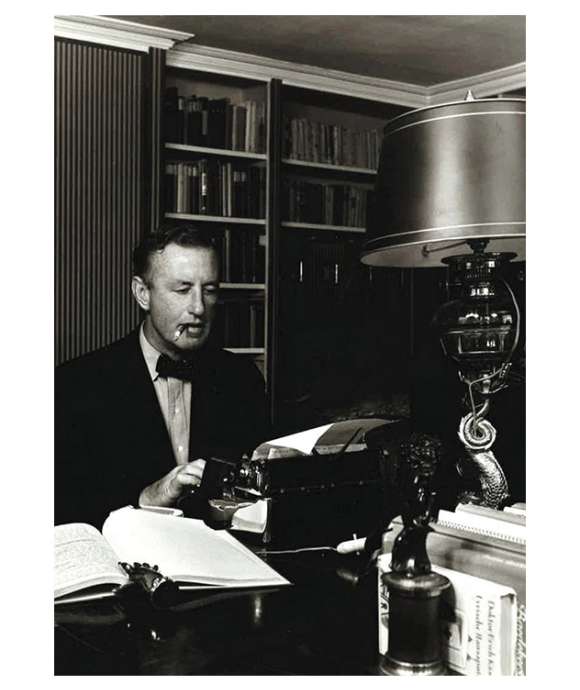
Secret Agents, Secret Armies: Who Was the Real James Bond?
Before he became famous as the creator of James Bond in the 1950s, Ian Fleming (1908-1964), was an officer in the Royal Navy’s Naval Intelligence Department. He devised a number of wartime schemes worthy of a Bond novel. Some were successful and some were too wild to carry out.
Walter Wolf III
Walter Wolf joined the Museum in October 2019 as the Museum’s first intellectual property Rights Manager in the Curatorial Department. Walter has a Bachelor’s degree in Modern European History and a Juris Doctor degree in law. He also has a certificate in Espionage and Covert Operations from the University of New Orleans.
Cite this article:
MLA Citation:
APA Citation:
Chicago Style Citation:
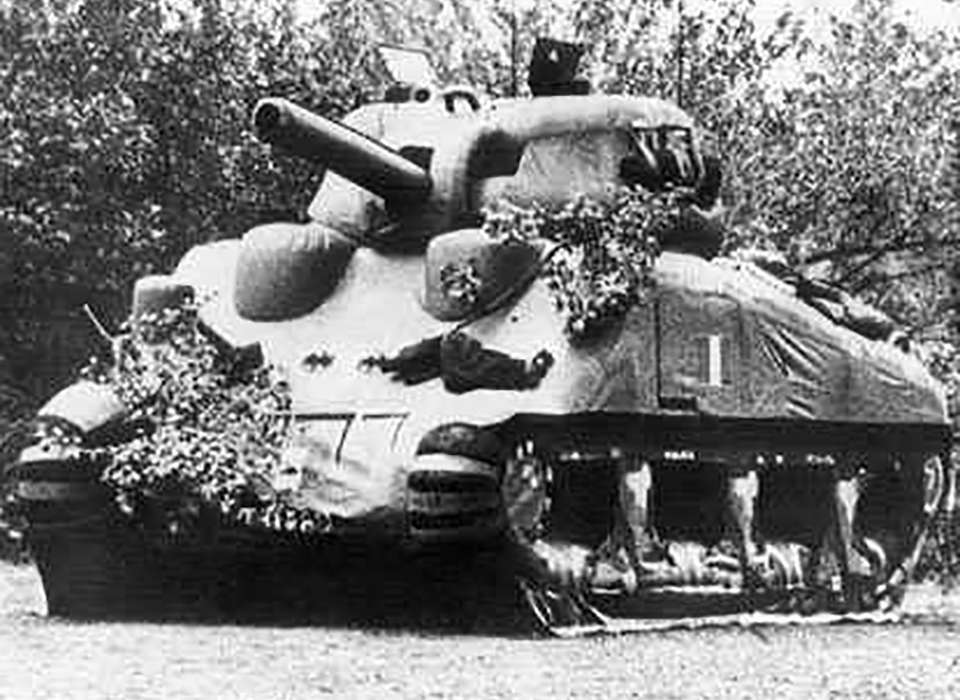
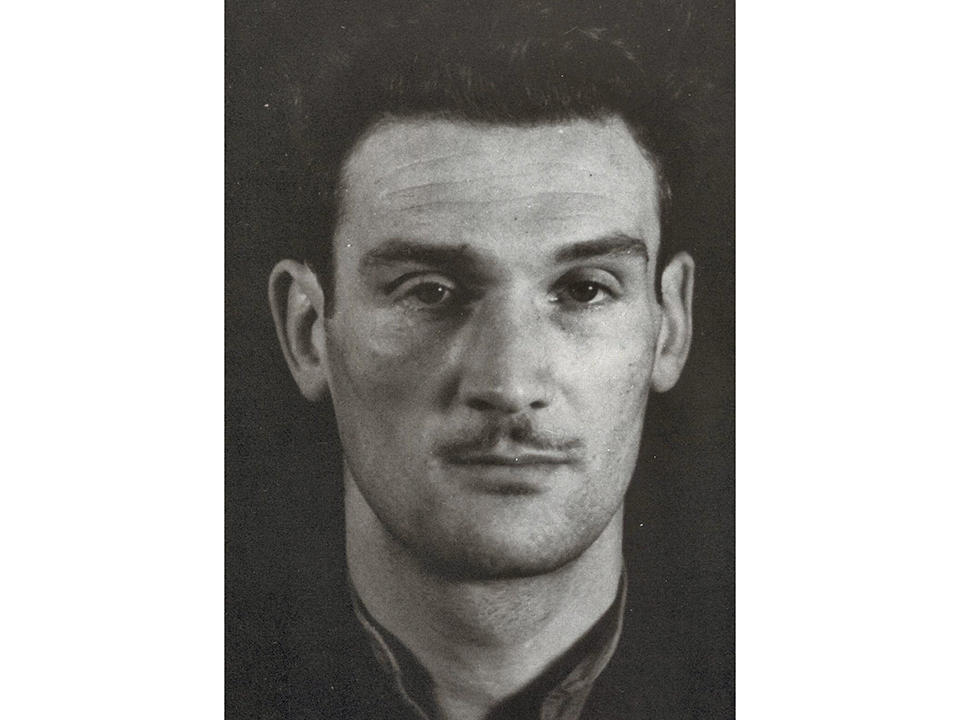
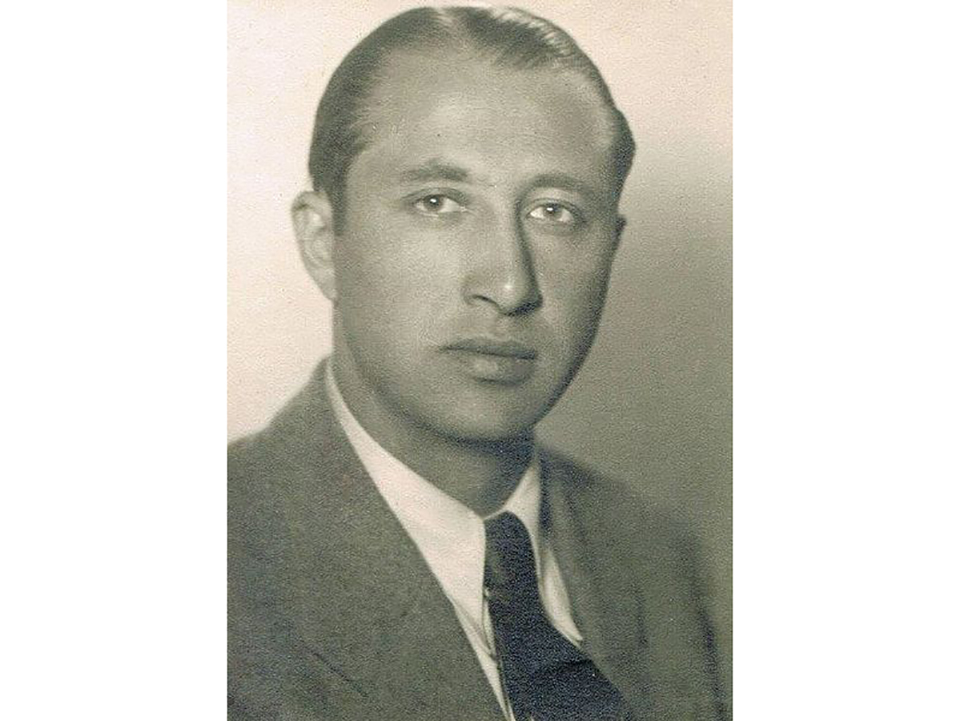
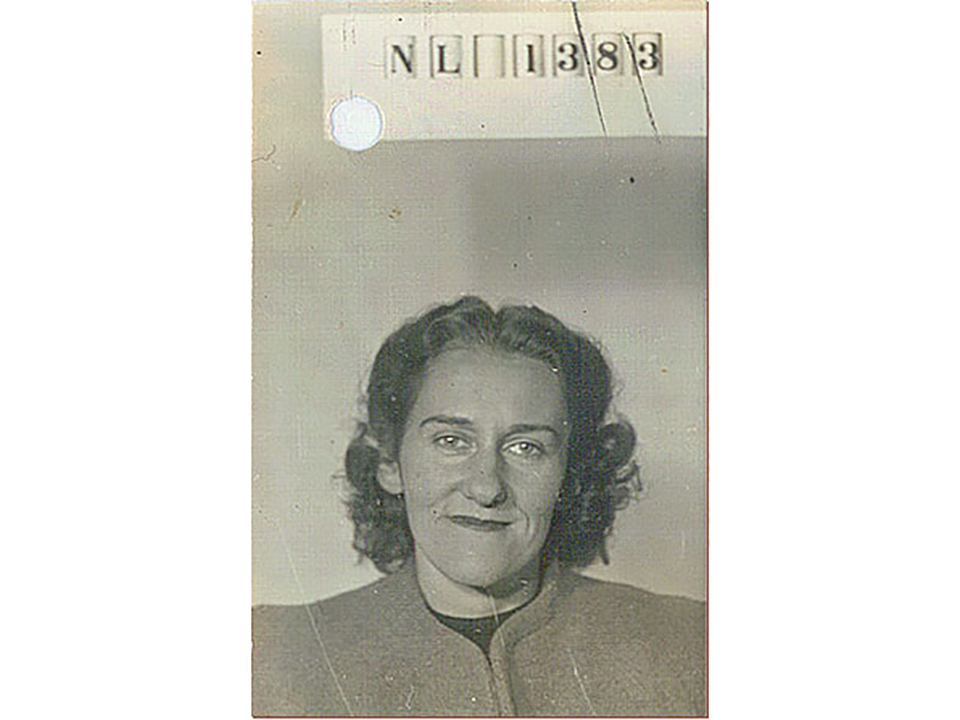
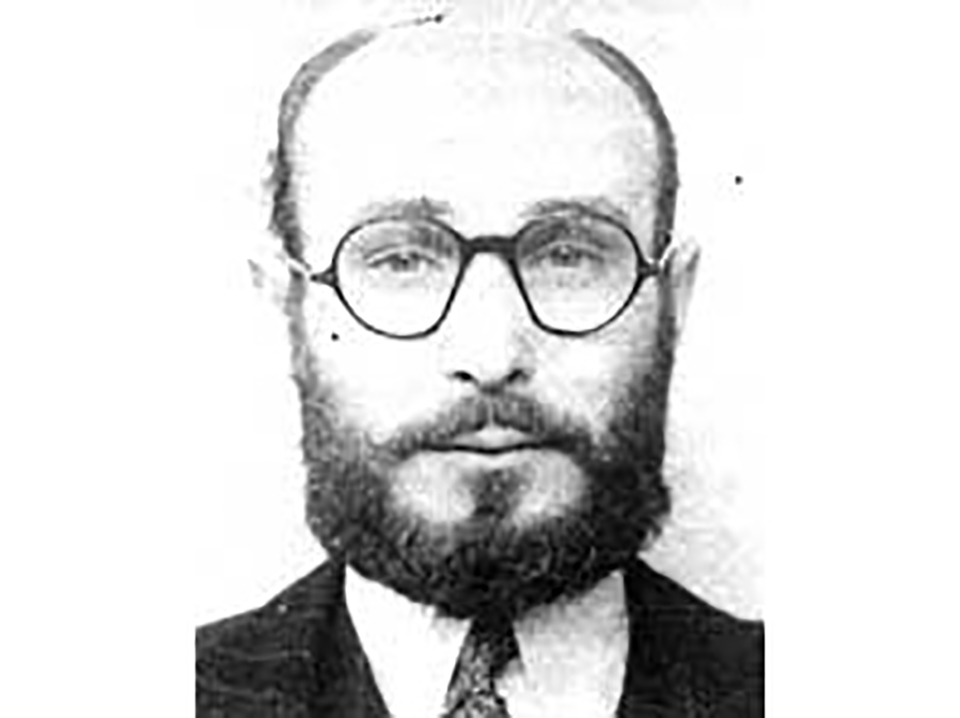

![Max Fuchs, New York City cantor, sings as Rabbi Sydney [sic] Lefkowitz, Richmond, VA, conducts the first Jewish services from Germany.](/sites/default/files/styles/max_650x650/public/2025-10/image1.jpg)






